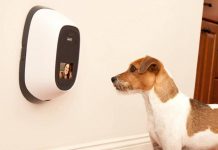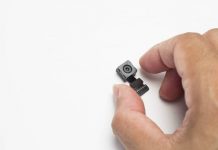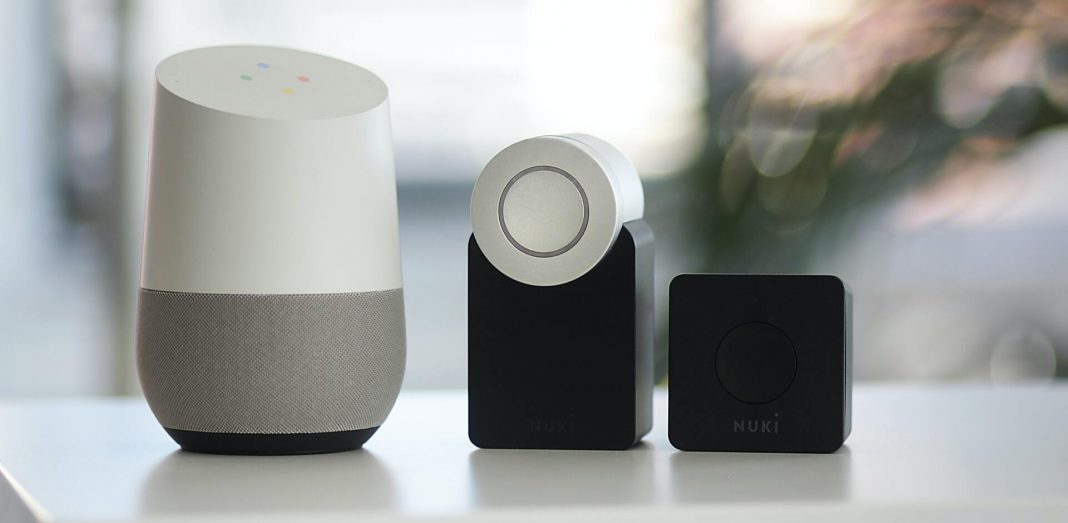UPDATED February 10, 2022 This piece has been updated to reflect the emergence of new technology


Christian Mathews Security Writer
In this age of technology, it is possible to have a well-connected home that was once the stuff of dreams and sci-fi movies. With smart home devices, humans have been able to make their homes incredibly well-connected. This is the reason that smart homes are highly popular. According to a report, there are more than 175 million smart homes in the world.
Smart home devices like Alexa or Google Home enable one to control the entire home with the touch of a button. A significant drawback of smart home devices is that they should be secure, or else they could act as a conduit for hackers to get into the home and compromise the security and safety. According to a report, 40.8% of smart homes have at least one vulnerable device that puts the entire home at risk.
Are Smart Home Devices Secure?
Yes, by design, most smart home devices are secure. They are equipped with software and firmware that keep them updated with new software and security patches. Keeping devices updated and well-maintained is the key to keeping them secure and protected from any breaches.
How To Connect Smart Home Devices?
Most smart home devices work via the home wireless network. The wireless network acts as the central network that connects all the devices. It is rare, but some devices also use Bluetooth to connect to the mainframe/control panel. However, it is mostly the personal Wi-Fi network that is used for securing devices. For precisely this reason, experts recommend securing the personal Wi-Fi network to the highest degree.
How Do I Secure My Home Wireless Network?
To secure a smart home network, it is crucial to secure the home wireless network. For that, one needs to set up their Wi-Fi router correctly. Here is what Security Picks suggests:
Changing The Router’s Default Name
Generally, the default name of the router is composed of the make and model of the router. Hackers can easily identify the default password of a router by recognizing the model type, making it easy for them to compromise your entire home system.
Setting A Unique Password
Similar to changing the router name, the router password needs to be changed from the default. The password should be involved, with an alpha-numeric combination. You can also use a random password generator online to have a complex password.
Setting The Highest Level Of Encryption
Another essential step to take while setting up your home wireless network is to set the router at the highest encryption level, which is currently WPA2. If your Wi-Fi router supports older versions of encryption like WPA and WEP, then you should think of upgrading. Routers are the primary targets for internet sleuths and hackers; therefore, it is worth investing in a secure Wi-Fi router.
Creating A Separate Network For The Internet Of Things Devices
Most modern routers can create a secondary network. It is advised to set up a secondary network for all your IoT devices, including all your smart home devices. By creating a separate network for IoT devices, you can protect the network from being used by random guests and family members, which can often weaken the network strength.


















































